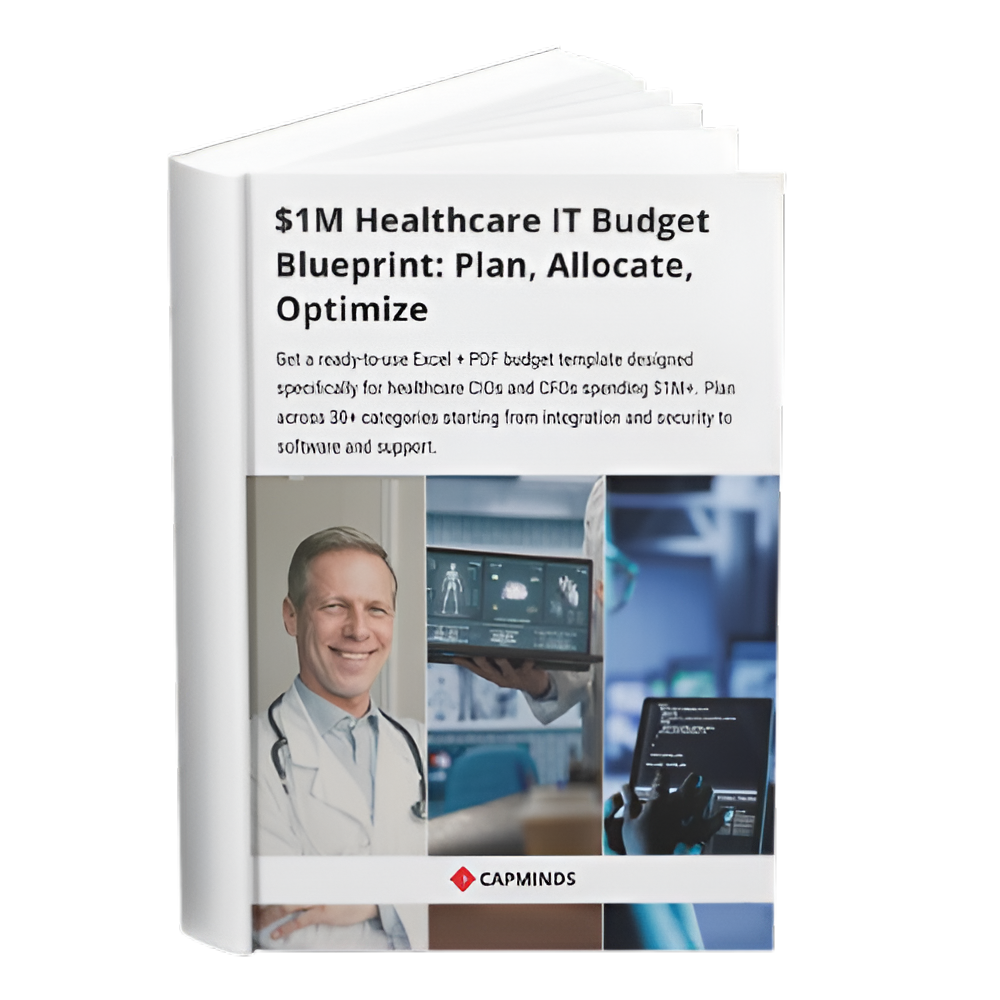How RPA Empowers Providers: Automating Care, Billing & Beyond in 2025
Healthcare is experiencing a fundamental transition, facilitated by sophisticated technology. Among them, robotic process automation services has emerged as a critical component in simplifying processes, lowering costs, and improving patient care.
RPA is no longer a sideline experiment; it is a mission-critical pillar that allows healthcare providers, payers, and auxiliary organizations to survive in an increasingly complicated environment.
In this blog, you’ll learn how RPA is altering healthcare, real-world applications of RPA, deployment tactics, and obstacles.
Market Expansion – Growth in RPA
In 2024, the worldwide healthcare RPA market was $1.97 billion, but by 2025, it had grown by 15.8%. By 2029, projections show a nearly doubling to $3.97 billion. This surge is driven by:
- Telehealth Demand
- Interoperability requirements (EHRs and APIs)
- Complexity in revenue cycle and compliance
- AI-Enhanced Document Processing
- Shifting practices to value-based care
RPA-to-IA Evolution
Intelligent Automation will be able to drive autonomous operations from beginning to end by 2025 by utilizing RPA, machine learning, NLP, computer vision, and analytics.
- Cloud-based RPA technologies improve flexibility and deployment speed.
- Low-code/no-code interfaces allow physicians and administrative personnel to construct bots without IT assistance.
- Process mining integration, detecting bottlenecks to optimize bot processes.
- Robot-as-a-Service (RaaS) models provide subscription-based accessibility.
- Agentic AI enables autonomous decision-making for complex activities such as scheduling, follow-up, and prior permission.
Applications of RPA in Healthcare in 2025
1. Clinical Documentation and Decision Support
AI-enabled RPA technologies automatically transcribe patient visits and create SOAP/BIRP notes with LLMs, saving time and eliminating mistakes. Intelligent bots help with diagnosis by mining organized and unstructured data in real time.
2. Revenue Cycle & Billing Automation
Providers employ bots to automate revenue cycle and billing processes, reducing claim rejections and expediting payments.
A report suggests that 83% of enterprises plan to extend RPA across denial management and authorization by late 2026.
3. Patient and Virtual Assistant Engagement
Conversational bots automate appointment booking, reminders, intake, and medication notifications, significantly lowering manual workflows.
Wearable-integrated conversational AI (e.g., ValueCare’s MICA) actively engages patients and aligns triage and care.
4. Supply, Logistics, and Pharmacy Automation
Autonomous robots, such as Panasonic’s Hospi, handle the transportation of medicines and supplies within hospitals.
Pharmacy robotics automates the delivery of high-risk drugs (e.g., methadone, chemotherapy), freeing up nurses and technicians to provide direct patient care.
5. Lab and Imaging Automation
High-throughput lab robots perform COVID-19 swab and test preparation. AI-driven solutions increase precision in endovascular and surgical robots, combining with RPA for scheduling, documentation, and billing.
Related: Effective Ways to Automate Patient Data Entry in OpenEMR Using AI and RPA
Barriers to Adoption and Risks
- Legacy systems lack APIs and provide integration issues; however, RPA’s GUI-based automation helps overcome these gaps.
- AI-driven agents and robotics have high upfront expenses, and hospitals often operate on limited budgets.
- Human resistance and regulatory control of AI decision-making, especially in therapeutic situations.
- Maintaining the complexity of RPA bots requires periodic modifications to accommodate developing GUIs or processes.
- Security and privacy by managing bots with sensitive PHI necessitates strong governance mechanisms.
Best Practices for Successful Implementation
1. Process Evaluation and Prioritization
Conduct a thorough process discovery to uncover high-volume, rules-based procedures with measurable ROI. Quick-win ventures generate organizational momentum.
2. Cross-functional Governance
Create an RPA Center of Excellence that includes representatives from IT, clinical operations, finance, and compliance. Clear governance guarantees consistent development, testing, deployment, and maintenance.
3. Integration of AI and Analytics
Use cognitive services like OCR, NLP, and predictive analytics to supplement simple bots. For example, utilizing NLP to analyze unstructured notes in healthcare papers broadens the automation potential beyond structured data.
4. Change Management and Training
Engage employees early, emphasizing how bots reduce monotonous activities rather than replacing occupations. To build confidence, provide training on both monitoring dashboards and exception handling processes.
5. Security and Compliance Controls
Ensure bots comply with HIPAA encryption requirements, keep extensive audit logs, and impose role-based
Future Trends of RPA in Healthcare
Next-generation Intelligent Virtual Assistants can answer difficult patient questions, schedule operations, and provide clinical decision support by combining patient history and best practices.
RPA may generate compliance reports and expedite data subject demands, such as patient access and rectification, in response to changing worldwide data protection standards.
RPA Consulting Services will enable real-time data flow between providers, payers, and community health systems — advancing value-based care coordination.
CapMinds RPA Solutions: Empowering Providers to Automate Smarter in 2025
At CapMinds, we help healthcare providers unlock the full potential of Robotic Process Automation to simplify operations, reduce administrative burden, and enhance patient care. Whether you’re looking to streamline clinical workflows or optimize your billing systems, our automation-first approach is built to scale with your organization.
With CapMinds Robotic Process Automation services, providers can:
- Automate claims, prior authorizations, and denial management
- Streamline clinical documentation with AI-enabled RPA tools
- Deploy virtual assistants for scheduling and patient engagement
- Optimize pharmacy, lab, and supply chain workflows
- Improve cash flow through faster, error-free billing processes
Let CapMinds be your partner for End-to-End Healthcare Process Automation driving intelligent, secure, and compliant automation for the future of care.




